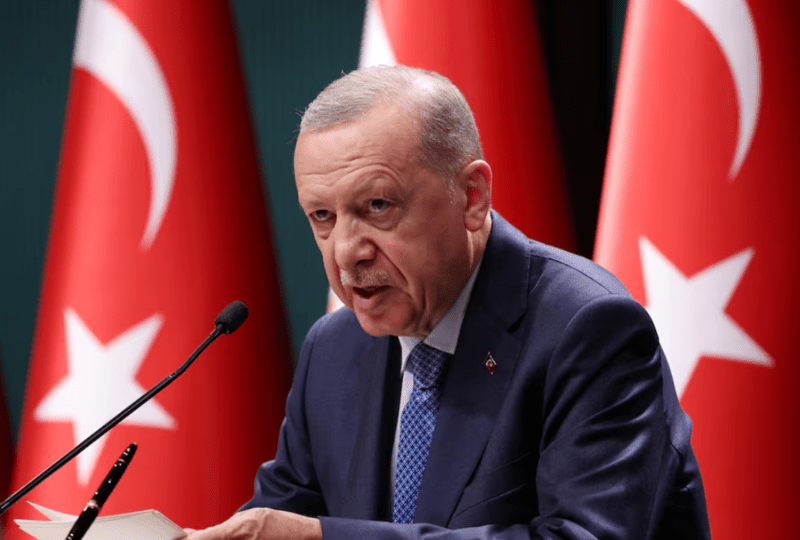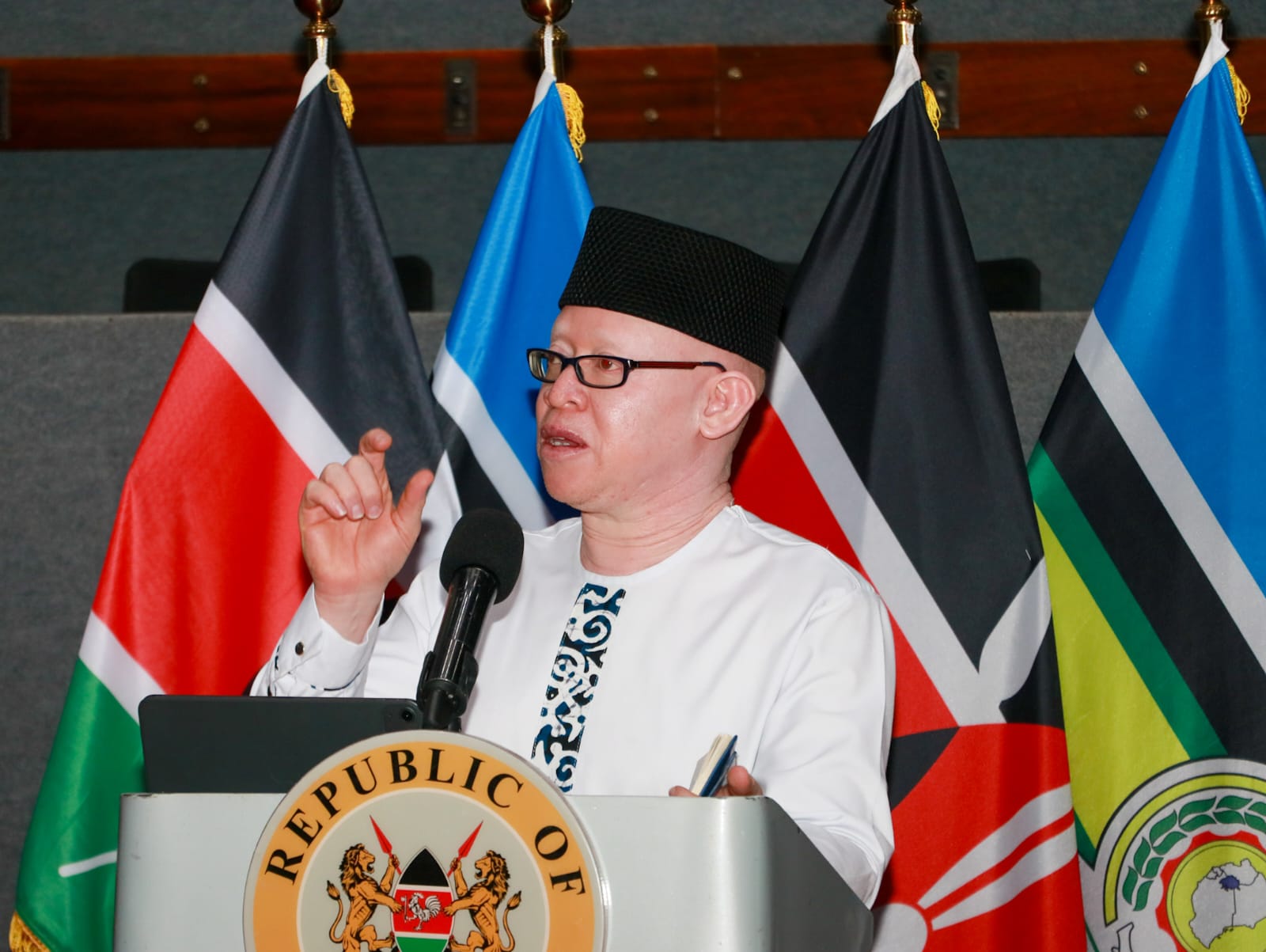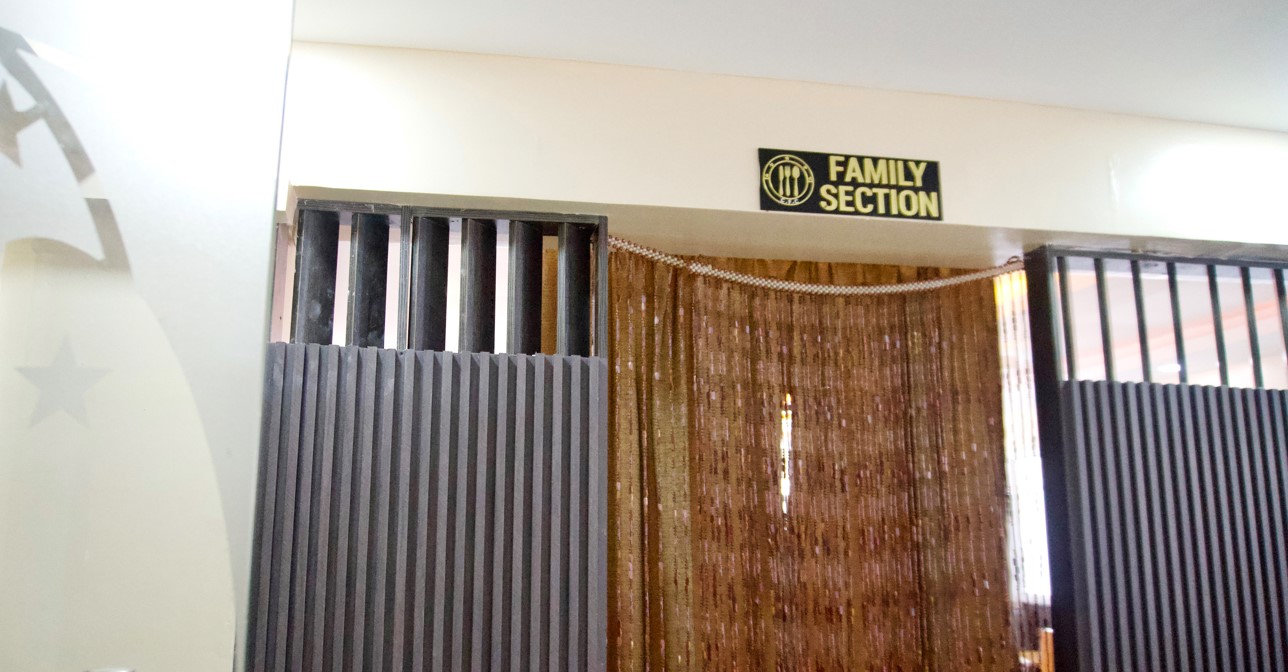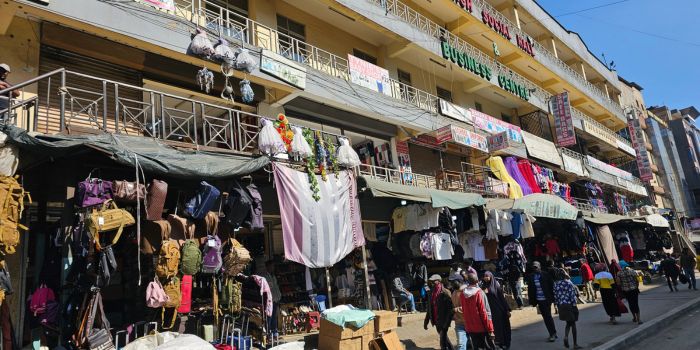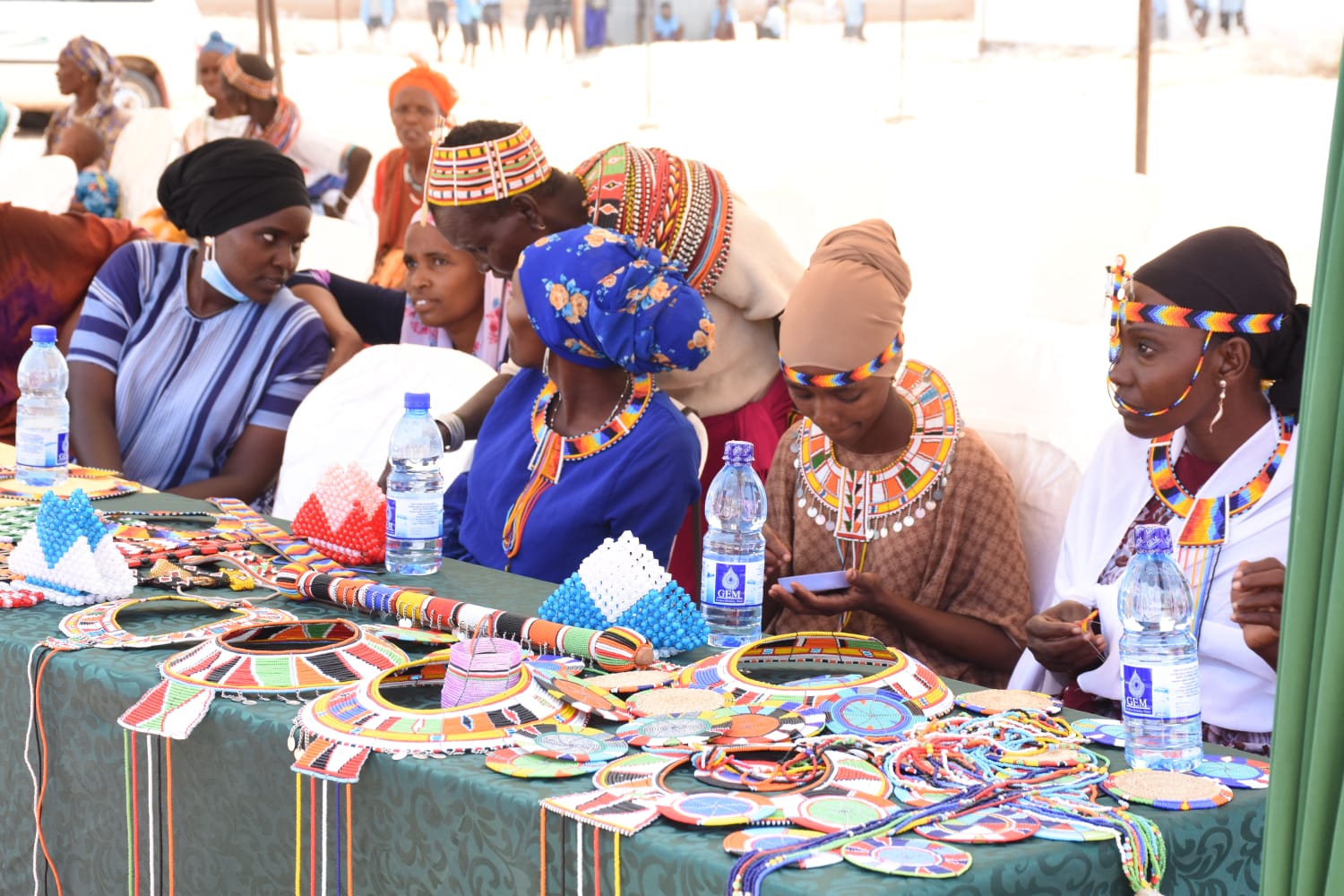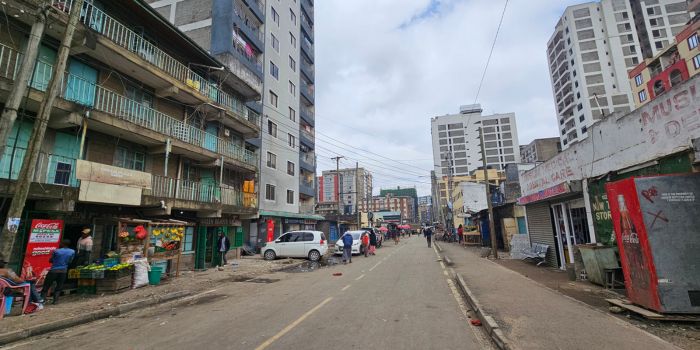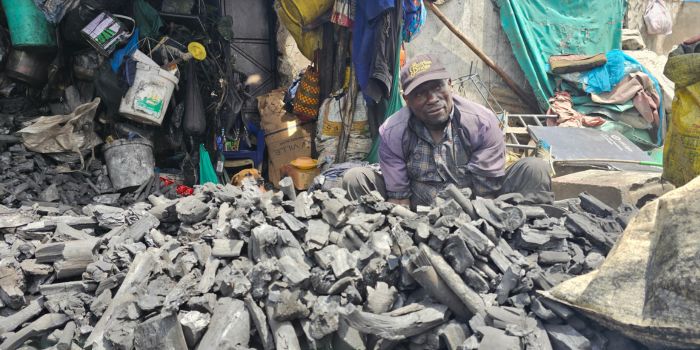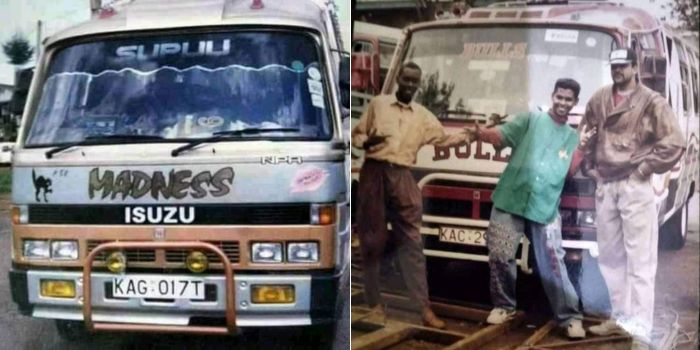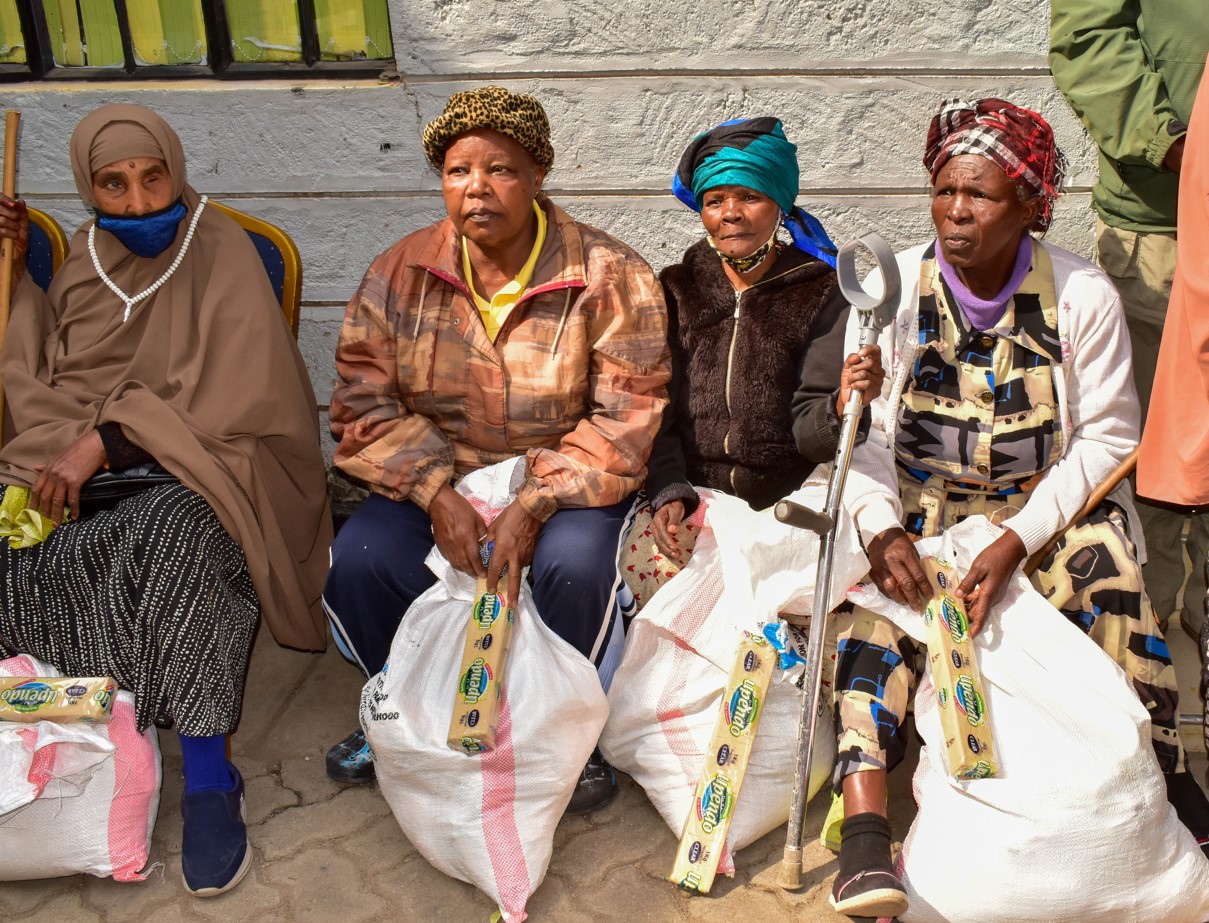Untold stories of Somali culture through pictures and art
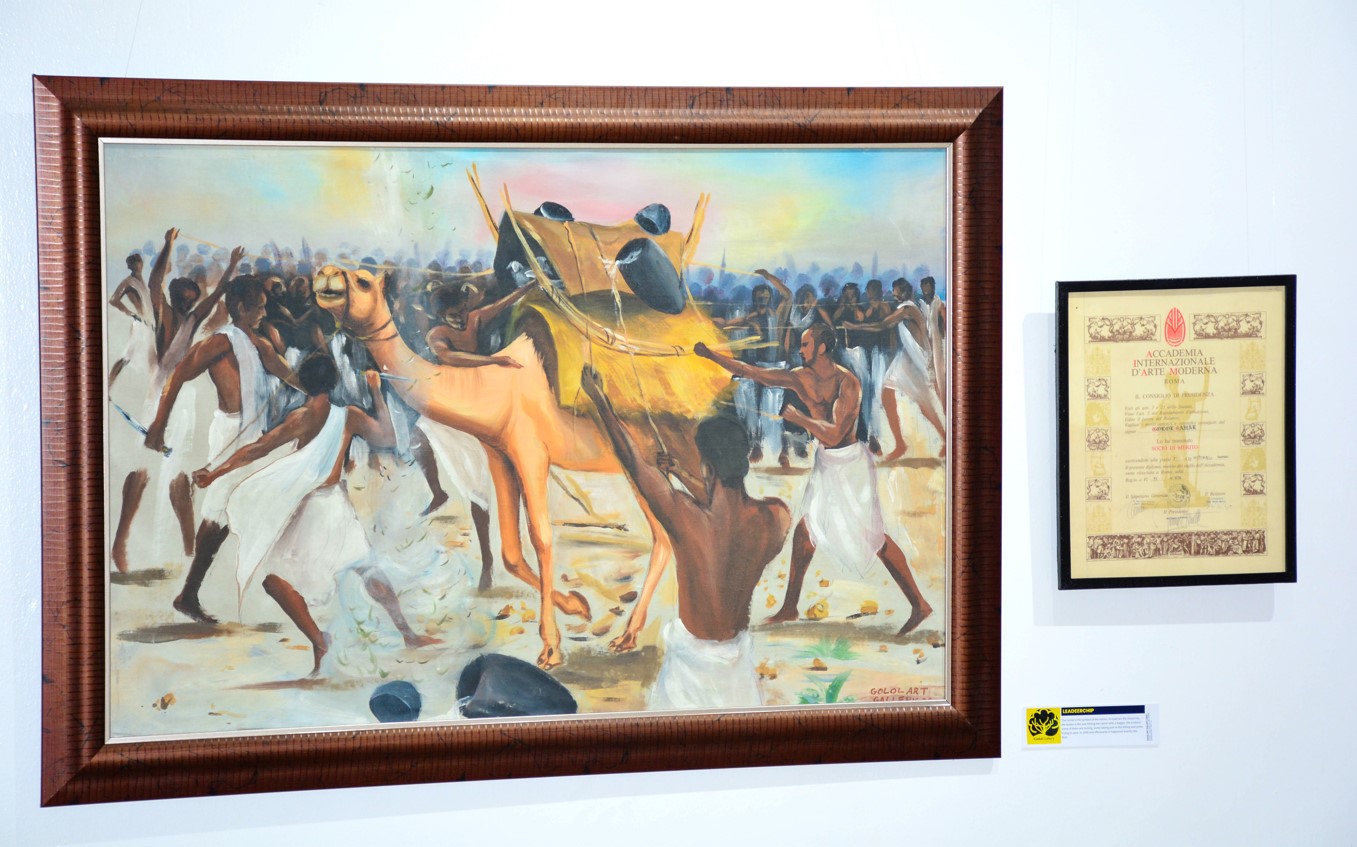
By Abdirahman Khalif |
Ali and his students preserved a remarkable selection of 48 pictures and drawings that survived the ravages of civil unrest
Despite the hurdles created by Somalia's turbulent history, many wonderful stories go unheard. However, artists continue to use art and photography to tell the forgotten stories of Somali culture.
Hosted by Somalia's ambassador to Kenya, Jabril Ibrahim Abdulle, the first-ever Somali arts and cultural exhibition in Nairobi’s National Museums of Kenya opened its doors last Saturday amidst a gathering of over 50 ambassadors from European and Asian nations, members of the Kenyan Parliament, and prominent figures from the Eastleigh Business District Association, including Chairman Ahmed Abdullahi.
Keep reading
The exhibition, scheduled to span the next thirty days, showcases a collection curated by Ali Said, director of Golol Gallery, featuring artworks dating back to 1976.
 Ali Said, director of the Golol Gallery, who presented most of the exhibitions. (Photo: Ahmed Shafat/EV)
Ali Said, director of the Golol Gallery, who presented most of the exhibitions. (Photo: Ahmed Shafat/EV)
Ali and his students preserved a remarkable selection of 48 pictures and drawings that survived the ravages of civil unrest. The artefacts depict the rich cultural heritage of the Somali people and serve as poignant reminders of artistic endeavour amid adversity.
"I established Golol Gallery in 1987 to ensure that our cultural narratives are preserved and shared," said Ali, reflecting on his lifelong commitment to safeguarding Somali art.
His gallery, named after a renowned Somali poet, became a sanctuary for artworks that might otherwise have been lost to history. Ali’s multifaceted career began as a photojournalist, where he honed his skills in capturing the beauty and essence of Somali life. He later transitioned into filmmaking and became a renowned film producer and director, creating ground-breaking works that explored the complexities of Somali society.
 Pictures and drawings, as presented by Ali Said, explain Somali cultural activities. (Photo: Ahmed Shafat/EV)
Pictures and drawings, as presented by Ali Said, explain Somali cultural activities. (Photo: Ahmed Shafat/EV)
Ali, the youngest of 20 siblings, noted that he initially had 1,114 pictures and artistic drawings. However, most of them were destroyed when civil war broke out in Somalia in 1991.
"Only 48 pictures and drawings got saved, most of them were either stolen or were destroyed," he said.
When the civil war broke out and he realised his work was being lost, Ali left Mogadishu with the remaining photographs and brought them to Nairobi before returning to his family. He valued photos and sketches more than his own family.
Through his Golol Art Gallery, he has been able to exhibit his work on Somalia in Germany, Sweden, the United Kingdom, and Italy.
@SomaliainKenya in partnership with Golol Gallery is pleased to present the Somali Art & Cultural Exhibition, the first comprehensive exhibition of its kind at the National Museum of Kenya. This unique month-long exhibition encapsulates the rich history of #Somalia people! Visit! pic.twitter.com/F48sxihxzC
— Somali Embassy-Kenya🇸🇴 (@SomaliainKenya) June 29, 2024
Ambassador Jabril emphasised the exhibition's significance in fostering mutual understanding and appreciation between Kenyan and Somali cultures.
"This exhibition provides a unique opportunity for millions of visitors to delve into the history and vibrant traditions of Somalia," he remarked. Through these cultural artefacts, he hopes to promote peace, interactivity, and unity among diverse communities.
"In the next month, millions of Kenyans will have the opportunity to see and learn the culture of the Somali people and the history of Somalia, how it was and how it is now," said Jabril.
Honored to attend the unveiling of the #Somali Art and Cultural Exhibition at the National Museum of #Kenya. This month-long expo beautifully encapsulates the rich history of #Somalia people, from colonial struggles to todays’ vibrant cultural, social lives & stunning landscapes pic.twitter.com/SixsGlWWhh
— Jabril Ibrahim Abdulle (@Ijabril) June 29, 2024
The ambassador emphasised the importance of displaying this exhibition, particularly during this week when Somalia commemorates the day it gained independence. He said Somalia is known for education, peace, culture, history, and strife.
"If there is more interest in these artefacts, we plan to rent a space from the National Museum for a year," said Jabril.
Omar Abdi, one of the hundreds of guests, said he came to learn more about Somalia through the exhibition because he had never been there.
Bryan Irungu, a 26-year-old Kenyan, who was one of the guests, mentioned that he had always been interested in Somali culture, therefore this was an event he couldn't miss.
"As a student of culture, coming here and seeing all these pictures and the 'dhiil' where Somalis used to keep milk has deepened my understanding of Somali culture," said Bryan.
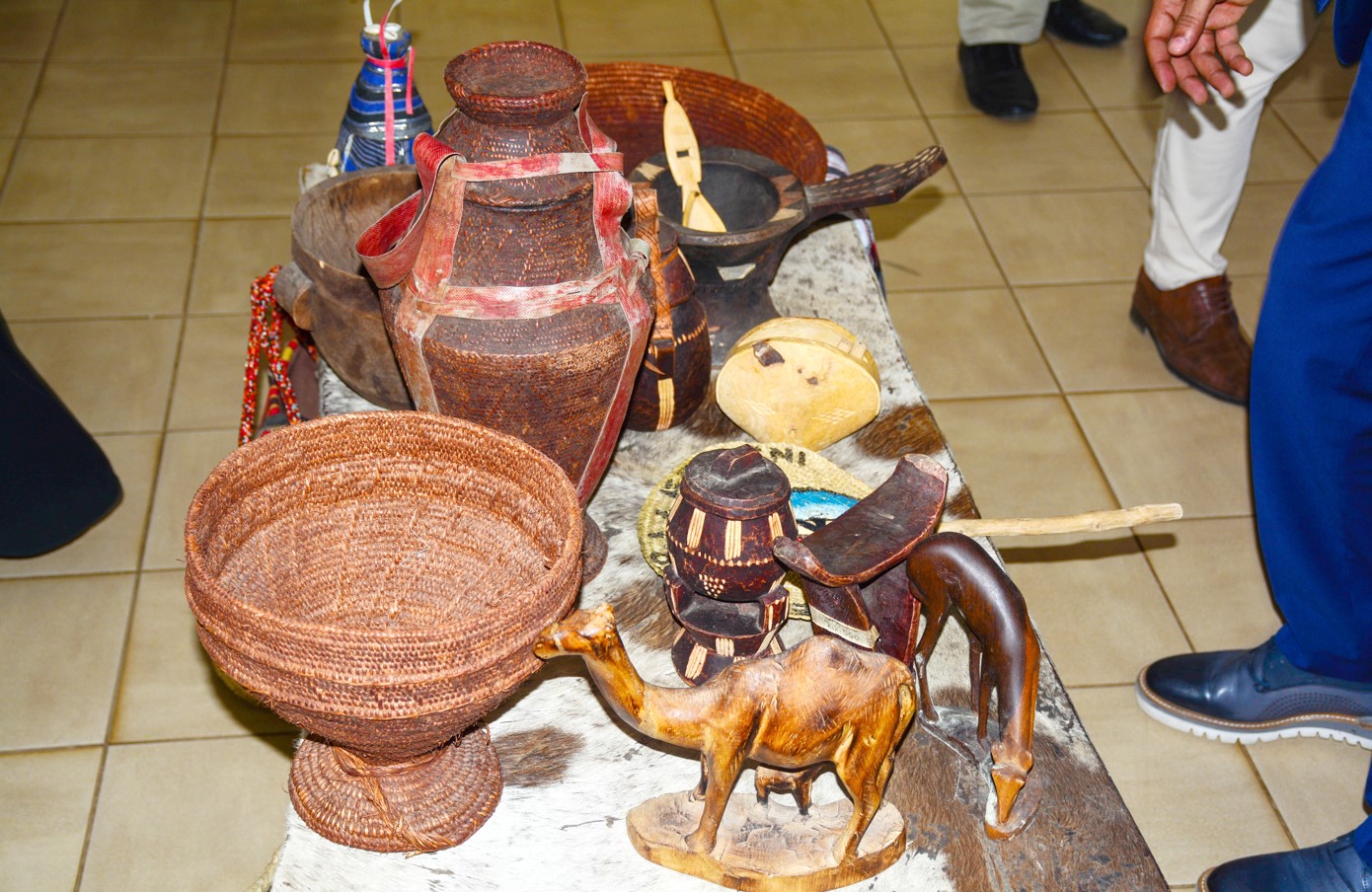 Somali cultural artefacts on display at the National Museums of Kenya. (Photo: Ahmed Shafat/EV)
Somali cultural artefacts on display at the National Museums of Kenya. (Photo: Ahmed Shafat/EV)
Ahmed Abdullahi Yare the Chairman of Eastleigh Business District Association (EBDA) noted that as Somali Kenyans, they are ready to support Somalia in ensuring they preserve the language and culture of their community.
He also lauded this initiative of making others understand and know more about the culture and history of the Somali community.
"Somalia is home to the language and culture of the Somali community, we are ready to support her in preserving this rich heritage," said the Chairman.
Somaliland celebrates Independence Day on June 26, whereas Somalia celebrates it on July 1. These anniversaries are honoured in Somalia and its missions abroad by African Union Transition Mission troops, some United Nations officials, and residents of Somali-majority states. It's also commemorated in Eastleigh.
For instance, last year, an estimated 40,000 people attended a week-long Somali Independence Day festival in Minneapolis, organised by Somali-led nonprofit organisations.
Somalia is transitioning from reliance on AU-backed foreign troops, whose term ends in December. After this, the country’s security agencies will take responsibility for the interior security.
The Somali community hopes that by hosting this event, they can emphasise the positive aspects of their culture and history while also promoting unity and cultural interchange.
Reader comments
Follow Us and Stay Connected!
We'd love for you to join our community and stay updated with our latest stories and updates. Follow us on our social media channels and be part of the conversation!
Let's stay connected and keep the dialogue going!

